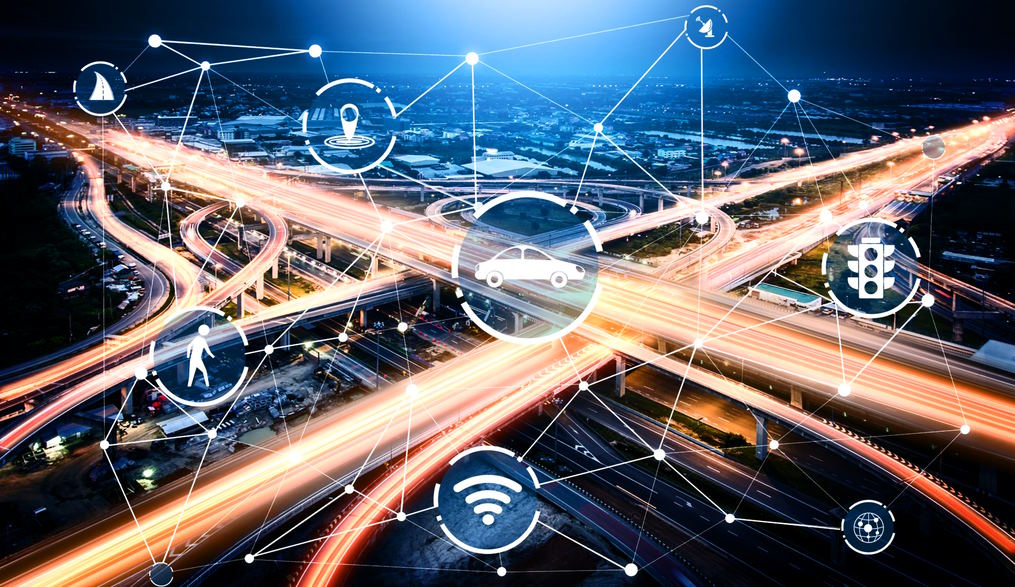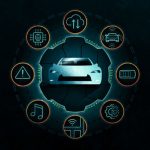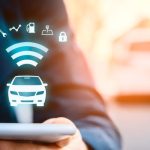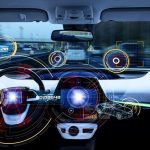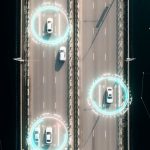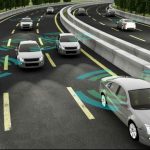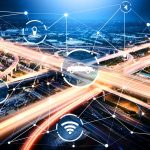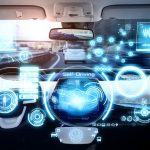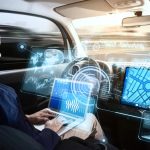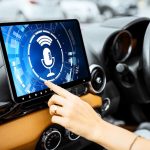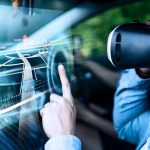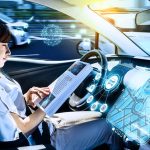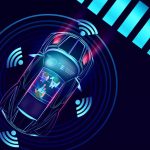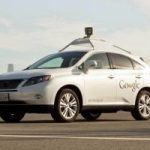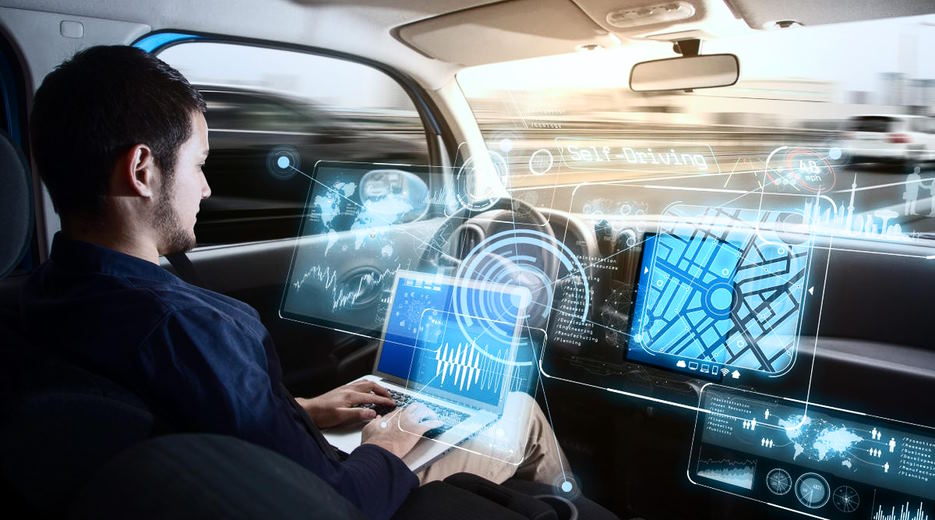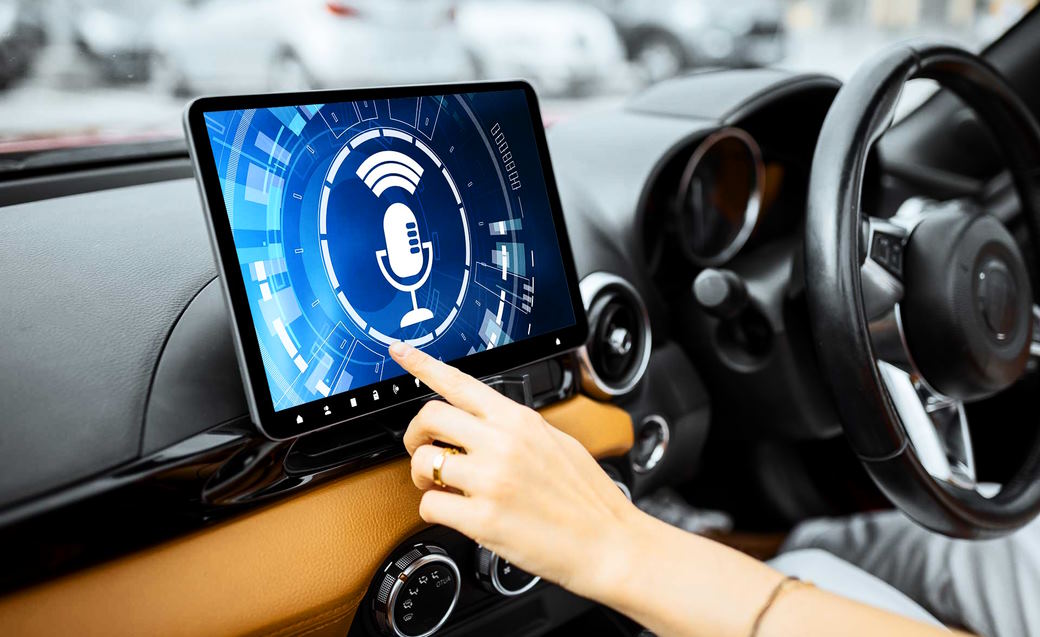When we think of a smart city, what comes to mind? Automated traffic lights and driverless cars? Certainly those are elements of an ideal modern city, but the concept of smart cities is more complex than that. Instead, smart City initiatives aim to make life more efficient by using technology-driven analysis on existing infrastructure and services — including traffic patterns. With this form of data analysis, cities can efficiently reduce congestion, improve safety conditions for pedestrians and drivers alike, and spot any areas requiring additional attention or implementation changes. In this blog post, we will dive deeper into how smart cities use traffic analysis and methods to make traffic move smoother in their communities. We will also explore some real world examples from around the world where these tactics have been implemented successfully.
How smart cities are using traffic data to improve traffic management
Recently, smart cities worldwide have been taking advantage of traffic data to manage their transportation systems better. Traffic data, such as vehicle and pedestrian counts, travel times, road conditions, congestion levels, and more, can be used to identify trends in how people move around a city. For example, this helps cities understand which roads are the most congested or even analyze what time of day is busiest on certain streets.
Using this traffic data allows city officials to develop solutions that reduce traffic delays and improve safety for drivers and pedestrians alike. For example, they may use technology such as intelligent traffic signals that adapt to real-time conditions or predictive models that can anticipate when demand will increase and make proactive adjustments accordingly. Other techniques involve redesigning street networks with dedicated lanes for public transit, adding bike lanes, and adjusting parking regulations.
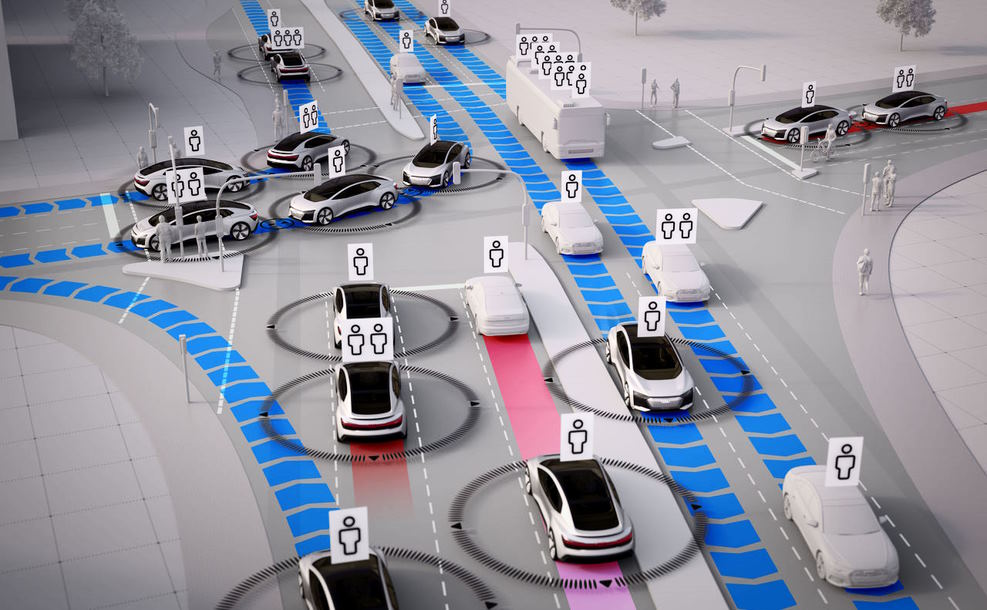
In addition to improving traffic flow and safety, cities can use traffic data to reduce air pollution by identifying high-traffic areas and deploying solutions such as electric buses or carsharing systems. This helps reduce emissions while allowing people to get where they need to go.
Finally, cities are using this data to create smarter transportation services tailored to their citizens’ needs. For instance, they may offer personalized route plans based on real-time traffic conditions or an integrated system connecting multiple public transit forms into one easy-to-use platform.
All in all, traffic data is becoming an increasingly valuable tool for improving traffic management in smart cities. By taking advantage of this data, cities can reduce congestion, improve safety and create a more efficient transportation system for all.
As the role of data grows in smart cities, it’s important to ensure that sensitive information is properly safeguarded. Cities should use secure protocols when sharing traffic data with other organizations or third-party providers and follow best practices for protecting their infrastructure from cyber threats. With appropriate safeguards in place, cities can make the most out of this valuable resource.
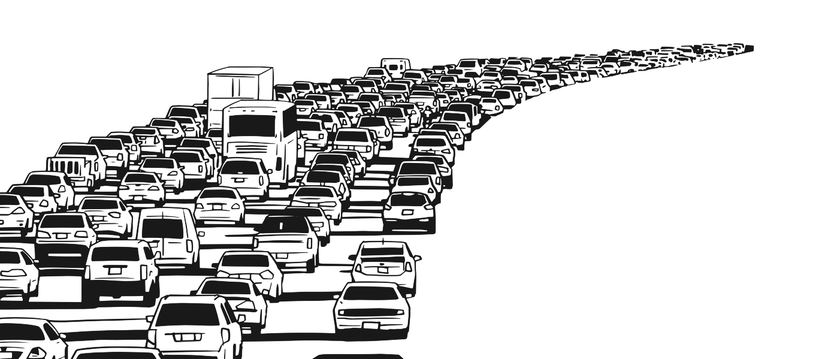
Ways smart cities are using traffic data to make driving safer
Smart cities are leveraging traffic data to make driving safer for citizens. By collecting data from sensors in the city, smart cities can analyze it and use it to improve traffic safety. For example, they can detect accidents quickly by monitoring vehicle speeds and sudden changes in direction or lane switching. This helps emergency responders get to an accident quickly and provide medical attention faster. Smart cities also use traffic data to identify dangerous intersections and develop strategies such as reducing speed limits, adding roundabouts, changing signaling patterns, and implementing other improvements. Traffic cameras allow city officials to monitor congestion levels in real-time and adjust signal timing accordingly. They can also detect distracted drivers by flagging instances where they fail to stop at a red light or make illegal turns. By analyzing traffic data, cities can also create a safer environment for pedestrians and bicyclists by improving infrastructure such as bike lanes, sidewalks, and crosswalks. Smart cities are also investing in connected vehicles that can communicate with other cars and road infrastructure to help prevent accidents by providing warnings about potential hazards or obstacles ahead.
Overall, smart cities are using traffic data to make driving safer for the citizens who live there. They’re leveraging technology to detect accidents quickly, identify dangerous intersections and improve them accordingly, monitor congestion levels in real-time, detect distracted drivers, and create a safer environment for pedestrians and cyclists. Through these efforts, they’re helping keep their roads safe so that everyone can travel more safely throughout the city.

